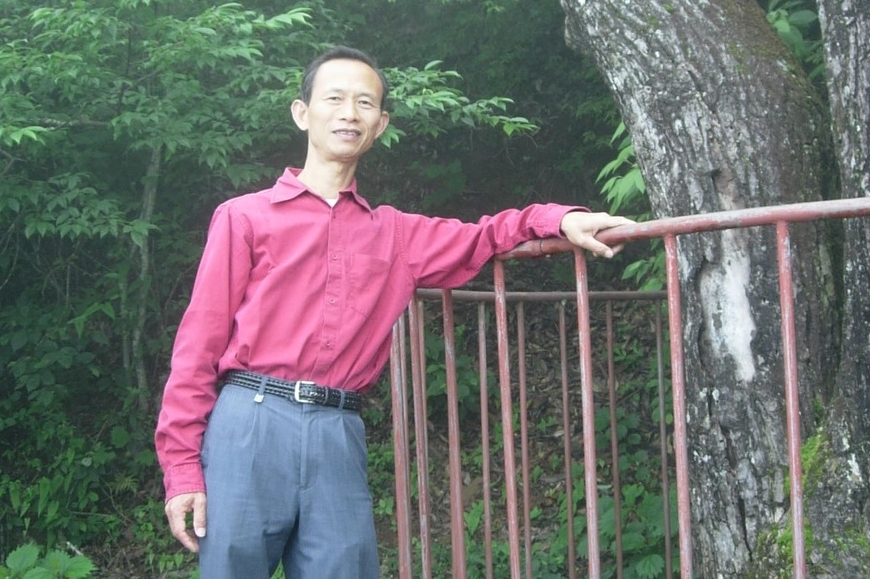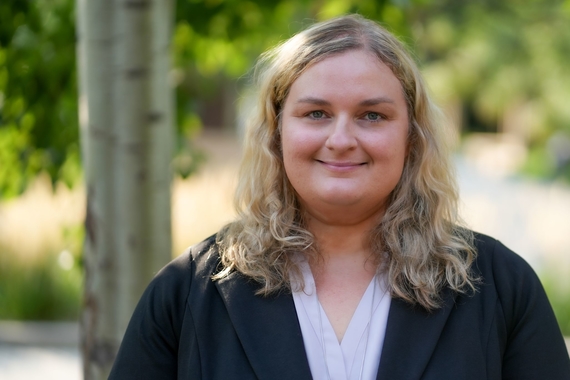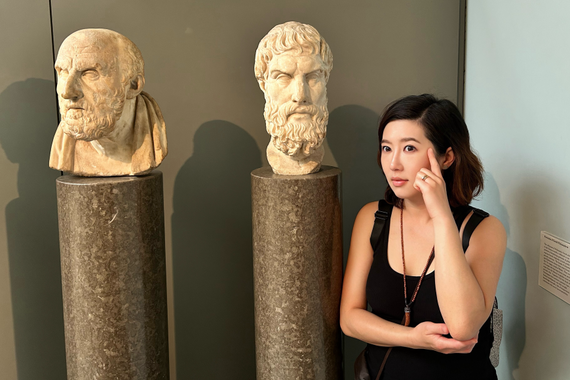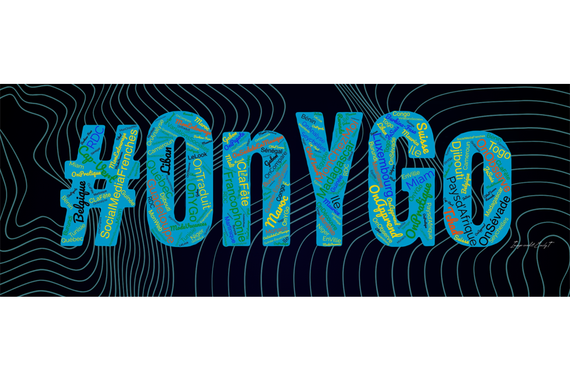Introducing Zhen Zou
Meet Zhen Zou, who has worked 50% at the Language Center since 2000, one of the most senior employees in our unit. His current job title is Education Specialist, but what does he really do? In this interview, Zhen highlights major aspects of his work and shares how he can help you tackle your next project. This is part of a series of Language Center Staff Spotlight articles.
Describe your work at the CLA Language Center. Are there specific services or expertise you offer that readers could take advantage of more than they currently do?
Although I am a full-time employee at the University of Minnesota, I have a split employment, that is, my work is evenly divided between the Language Center and the Department of Asian & Middle Eastern Studies (AMES). Serving as Liaison between the Language Center and the AMES Dept., I coordinate and conduct a Technology Orientation for the AMES Dept. at the beginning of every academic year, introducing Language Center resources to AMES faculty and language instructors, including the four DiLL classrooms and how to use them, the equipment faculty and instructors can check out for their courses, the video collections for language and culture instruction, and other resources at the Language Center. As this kind of orientation introduces resources for all the languages taught at the U., faculty and language instructors in other departments are also welcome to participate in the orientation because they can also benefit from it. Every semester I also make sure to urge the DLIs of Arabic, Chinese, Hmong, Japanese, and Korean to submit reservation requests for LC’s computer classrooms before the classroom reservation date.
Can you briefly describe 2-3 projects you've worked on during your time at the Language Center?
At the Language Center, I have worked on a number of projects in cooperation with instructors of various languages. One project was the development of Hmong LPE. I worked with the then Director of Language Instruction in Hmong to decide on the principles of material selection and question types for each section, and the appropriateness of each text. After the first draft was done, we read through the whole test and provided suggestions and recommendations for revising it. We had three revisions until the final product was completed. Another project was for the Japanese Program, when we applied for a U of M Technology grant and completed a Japanese grammar and sentence structure project. In addition to those, I worked with the Chinese Language Program and did a number of technology projects, including Chinese vocabulary projects, sentence structure and text projects to enhance students’ learning experience. When one of the third-year Chinese instructor wrote a textbook, I worked with her, three students from China, and the Language Center to have all the vocabulary and texts in the book recorded.
What is an example of a project or request that falls outside the scope of your job? To whom would you refer people with such a request?
I am not involved in the scheduling of student workers in the Language Center office. For that, please contact Stephanie Treat or Jonathan Prestrud.
What skills and competencies do you bring to your current job from your educational background, positions you have previously held in the Language Center, or from work and relationships with other units at this/other institutions?
As the previous Director of the Language Center, Dr. Dan Soneson, said, I have special talent and strong competence in working with young students, and I have used this capacity in creating a new program in the Language Center and the AMES Department called Culture and Language Integration in Chinese and English (CLIC). That is, bringing together high school students who graduated from immersion Chinese schools and U of M students from China. I organized these two groups of students and turn each group’s native language into resources for the other group. What I do is coordinating and conducting weekly 90-minute conversation sessions, 45 minutes in Chinese, and 45 minutes in English. Through this program, students get the opportunities to practice speaking their target language with native speakers of that language. What is more, I developed 22 themes and created structured questions on those themes for in-depth discussion in those sessions, from intermediate level to advanced level, so that students can not only maintain their proficiency level of their target language as the program was initially designed, but also improve their language proficiency from intermediate to advanced level. In developing the themes and creating those questions I used my educational background and experience in language instruction.
Is there anything else you would like readers to know about you?
As far as I know, the CLIC program is the only one in the nation, and this model can be used in other programs that have immersion language programs in the Twin Cities. I am also the CIS Faculty Coordinator for Chinese, where we have high schools in the Twin Cities teach U of MN Chinese courses. As of now, we have eight high schools teaching CIS Chinese courses and 199 students taking those courses. Another high school is now is applying. In running this program, I work with the College in the Schools (CIS) Program, high school teachers, administrators, and students.



